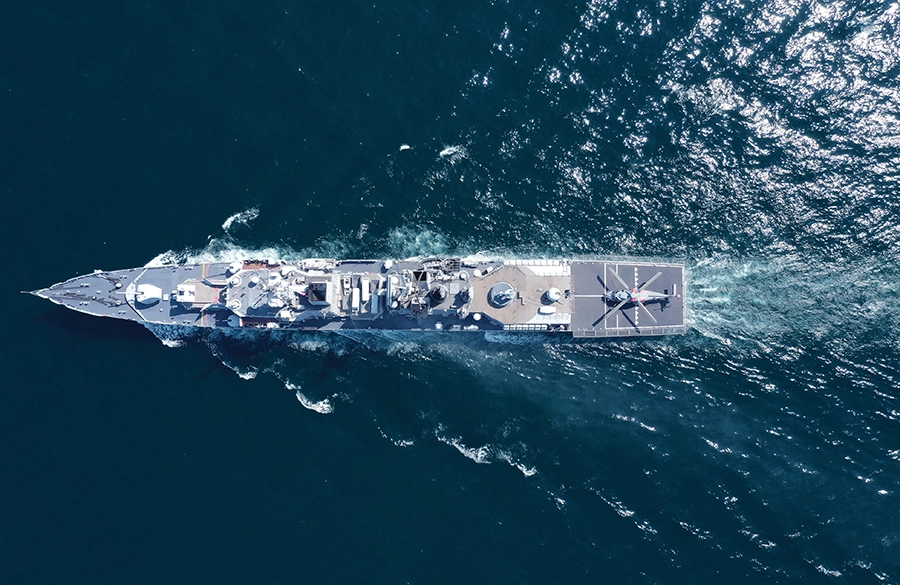You won't know what works for your company until you try.
Way back in July of 2009, I explained how I use Twitter. A lot has changed since then, so this is an update on how I tweet. As a business owner, you can adopt my techniques to use Twitter as a marketing tool. I’ve written this in a question-and-answer format.
How can you follow more than 180,000 people?
I don’t read the timelines of all the people that I follow. Instead, I only deal with @s, direct messages, and tweets that contain “guykawasaki,” “alltop,” or “guysreplies.” I answer almost every @ and direct message.
Then why do you follow everyone who follows you?
I follow everyone for two reasons: first, common courtesy; second, so that people can send direct messages to me. I like direct messages because they are more efficient than email.
Why do you use both @guykawasaki and @guysreplies?
Originally, I created @guysreplies to reply to @s that all my followers do not need to see. Subsequently, Twitter changed the way @s work so that only people who follow both parties will see them. However, there are ways that people can still see all the tweets from @guykawasaki, and I don’t want to waste their time.
What Twitter applications do you use?
For reading, I use TweetDeck on my Macintosh and Tweetie on my iPhone. For posting, I use Objective Marketer and Posterous. Objective enables me to create marketing campaigns and then schedule, frame, repeat, and track tweets. (Disclosure: I am an adviser to Objective.) It is the foundation of my Twitter efforts. Posterous powers a part of Alltop called Holy Kaw; this sub-domain is a collection of summaries of the third-party sites that I am tweeting about. (Disclosure: I am an investor in Posterous.) Finally, I use SocialToo to automatically follow people who follow me and to kill spam direct messages.
How do you find so many links to tweet?
I use three principal sources: Alltop, StumbleUpon, and SmartBrief. These sites curate and aggregate information to make the hunt for quality links much, much easier.
What is your workflow?
I find interesting links and write-up a short summary using BBEdit that I post to Holy Kaw, and then Objective checks the Holy Kaw RSS feed once per hour and tweets new articles.
Isn’t that a long, complex process just to tweet something?
Twitter is a marketing tool for me. It’s not a “social” activity or a game. This process is what it takes to make Alltop (one of my business ventures) successful.
How long do you spend on Twitter every day?
If I’m on the computer, I’m on Twitter, and I’m on a computer eight hours per day.
If a company wants an active, aggressive presence on Twitter, how many people does it take?
One person working really hard, unencumbered by a clueless boss and a Luddite legal department, can do it. Certainly one person can get things going enough to prove that Twitter makes sense for a company to add more people to do it even better.
Do you recommend that companies repeat their tweets?
Yes, if they want to ensure that as many followers see their tweets as possible. There will be a tiny number of people who will complain, but you cannot make all of your followers happy.
Do you use ghostwriters?
Yes, four people contribute to my tweets. I use ghostwriters because I want to provide as many interesting links as possible, and five intelligent people (assuming you think I’m intelligent) looking for interesting stuff will find more than one intelligent person.
Do your ghosts respond to @s and direct messages for you?
Never. They only tweet outgoing links to interesting sites and blogs. They never respond for me or as me.
Do you recommend that companies use ghostwriters?
Most companies are “brands,” so this isn’t an issue unless people are so dumb as to think that Richard Branson is @VirginAmerica. Issues arise when the Twitter account is a person’s name.
Why do you constantly promote Alltop?
Twitter is a means to an end: Alltop’s success. This is why I put so much time, energy, and money (my ghosts don’t work for free) into it. The Alltop promotion justifies and pays for the efforts of all five of us. You can think of my tweets as PBS content and the accompanying Alltop promotion as the fundraising telethon.
How much promotion can a company get away with?
It depends on several factors: How much do your followers love the company? How good are the deals that you offer? How much “real” content and “interaction” do the company’s tweets contain?
Twitter is far beyond Trixie telling Biff and Carly that her cat rolled over. It’s now a “platform.” As such, there is no wrong or right way just as there is no wrong or right way to maintain a Web site or blog. Is Zappos “wrong” for using the Internet to sell shoes? Forty years ago, some Arpanet scientists might have said so.
The bottom line is that there’s only what works and what doesn’t, and you won’t know which is which until you try.
Guy Kawasaki is the chief evangelist of Canva and the creator of Guy Kawasaki’s Remarkable People podcast. He is an executive fellow of the Haas School of Business (UC Berkeley), and adjunct professor of the University of New South Wales. He was the chief evangelist of Apple and a trustee of the Wikimedia Foundation. He has written Wise Guy, The Art of the Start 2.0, The Art of Social Media, Enchantment, and eleven other books. Kawasaki has a BA from Stanford University, an MBA from UCLA, and an honorary doctorate from Babson College.


